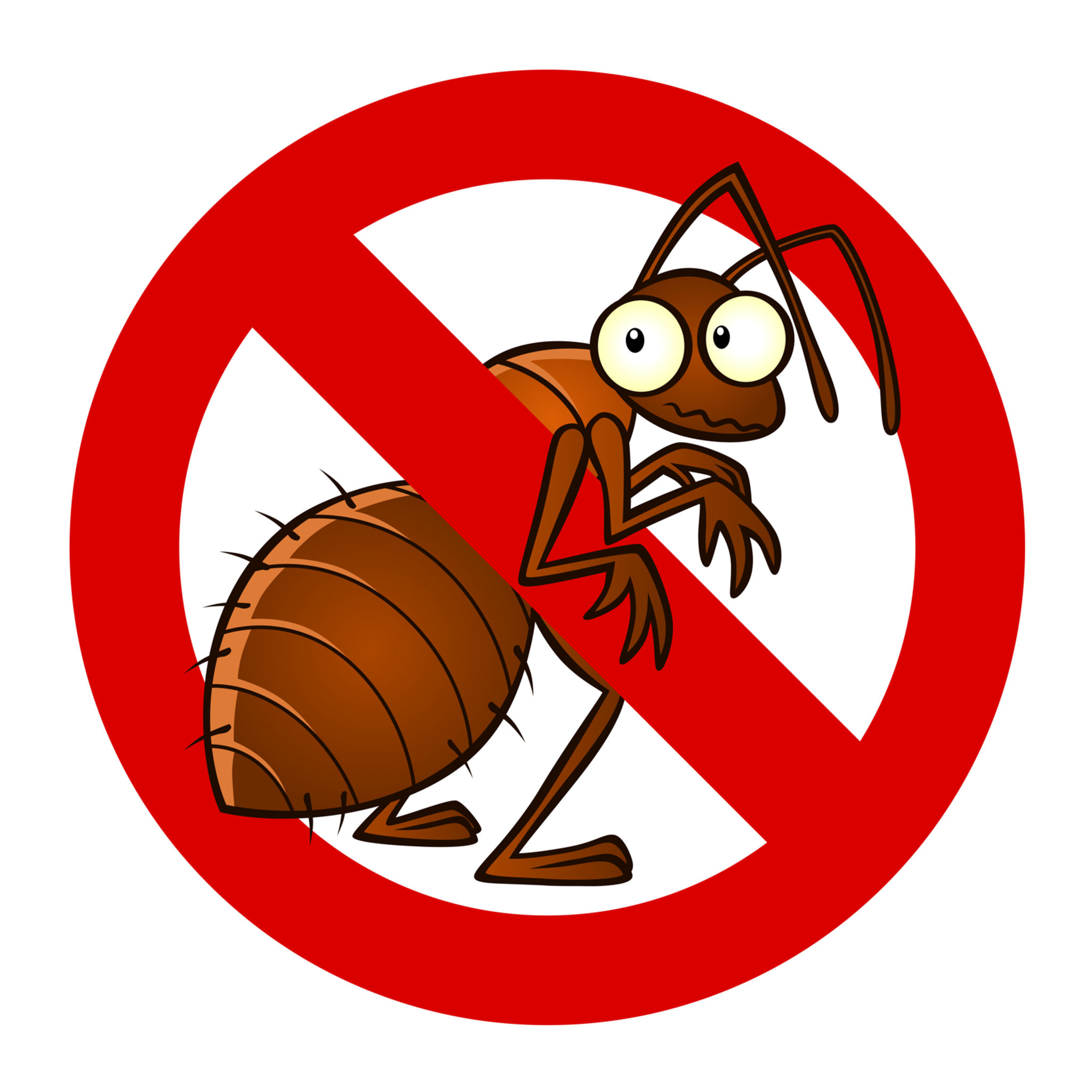Specialist A1 Charlotte Bed Bug Exterminator - Top Quality Solution Assured
Wiki Article
Bed Bug Treatment Break Down: Contrasting Chemical Vs. Non-Chemical Solutions
In the world of bug control, especially when taking care of the consistent concern of bed pests, the choice in between chemical and non-chemical treatment solutions can be a critical one. Both strategies supply unique advantages and downsides, affecting elements such as effectiveness, security factors to consider, and overall cost. By examining the nuanced details of each method, a clearer understanding of which course to pursue in attending to a bed insect invasion can be achieved.Effectiveness of Chemical Therapies
Chemical therapies for bed insect problems have been commonly acknowledged for their powerful and rapid effectiveness in removing these pests. When thinking about the effectiveness of chemical therapies, it is critical to comprehend that they can give a thorough and quick remedy to a bed pest problem. Expert pest control operators typically count on insecticides to target bed pests at various phases of their life process, including eggs, adults, and fairies. These chemicals commonly work by disrupting the bed insects' nerve system, bring about paralysis and eventual fatality.In addition, chemical treatments have the advantage of providing residual effects, indicating that they can remain to remove bed bugs also after the preliminary application. This recurring activity is specifically helpful in combating any kind of potential re-infestations. In addition, the rapid action of chemical treatments can bring relief to people encountering extreme bed insect invasions, enabling them to reclaim control of their home rapidly.
Security Interest In Chemical Solutions
One crucial element that calls for cautious factor to consider when utilizing chemical options for bed insect treatment is ensuring the security of residents and the environment. Direct exposure to certain chemicals made use of in bed pest therapies can lead to respiratory issues, skin inflammation, or other damaging reactions, specifically in people with pre-existing conditions or level of sensitivities.Additionally, the ecological impact of chemical solutions is an additional considerable factor to consider. Some pesticides utilized in bed insect treatments might be damaging to useful bugs, wildlife, and communities if they leach right into the soil or water systems. It is vital to use chemical therapies deliberately, following security guidelines, and thinking about less poisonous choices to minimize these threats and ensure the effective and safe monitoring of bed insect invasions.
Benefits of Non-Chemical Approaches
Thinking about the potential security problems and ecological effect associated with chemical solutions for bed bug therapy, exploring non-chemical techniques offers a promising alternative with several unique benefits. Non-chemical treatments are eco friendly, as they do not add to air or water contamination, making them a sustainable selection for insect control.In addition, non-chemical solutions can be effective in targeting bed bugs, including hard-to-reach locations where chemical treatments may not permeate. Approaches such as warmth treatment, vacuuming, steam cleaning, and bed mattress coverings offer detailed removal without making use of damaging chemicals. Furthermore, non-chemical techniques can be much less turbulent, requiring very little prep work and enabling for quicker reentry right into dealt with areas. In general, choosing non-chemical bed bug treatment approaches not just prioritizes safety and security and environmental management however additionally makes sure efficient and thorough parasite control.
Limitations of Non-Chemical Treatments

Furthermore, non-chemical therapies often need numerous applications to achieve successful obliteration. This can be lengthy find out and may not always ensure complete elimination of all bed pests and their eggs, especially in hard-to-reach or hidden places.
Moreover, the success of non-chemical therapies heavily counts on correct implementation and thoroughness, which can be challenging for individuals without specialist experience. Inadequate application of non-chemical methods may cause incomplete elimination, bring about relentless infestations and the need for added therapies.
For that reason, while non-chemical therapies have their advantages, it is vital to acknowledge these constraints and consider them when figuring out one of the most reliable strategy for managing bed pest infestations.
Cost Comparison: Chemical Vs. Non-Chemical Options
Given the limitations associated with non-chemical therapies, a crucial facet to review in the context of bed insect administration is the price contrast in between chemical and non-chemical choices. Chemical treatments normally entail the application of pesticides by specialists, which can vary from $250 to $900 per space, depending upon the seriousness of the problem and the dimension of the area to be treated. In contrast, non-chemical treatments like warmth treatment or vapor can be a lot more costly, with expenses varying from $1,000 to $6,000 for an entire home. While the first cost of chemical therapies might appear reduced, several treatments might be called for to completely eradicate the infestation, possibly enhancing the overall price. On the various other hand, non-chemical choices might give browse around these guys a much more eco-friendly and sustainable service, although they can be cost-prohibitive for some people. Eventually, when thinking about the expense of bed bug therapy choices, it is essential to weigh the in advance expenses versus the performance and lasting sustainability of the selected technique.Final Thought

Taking into consideration the potential security problems and environmental influence connected with chemical options for bed pest treatment, exploring non-chemical strategies provides a promising option with numerous distinct benefits.Given the limitations connected with non-chemical therapies, a necessary aspect to review in the context of bed bug administration is the expense contrast in between chemical and non-chemical alternatives. In contrast, non-chemical treatments like warm treatment or heavy steam can be extra dig this pricey, with prices varying from $1,000 to $6,000 for a whole home. While the initial cost of chemical treatments may appear lower, multiple treatments may be required to fully remove the infestation, potentially boosting the total expense.In final thought, when contrasting chemical and non-chemical bed pest therapy choices, it is essential to consider effectiveness, safety, advantages, constraints, and price.
Report this wiki page